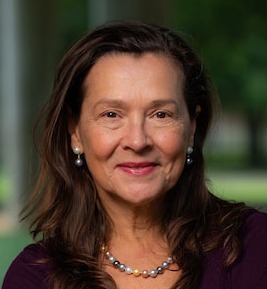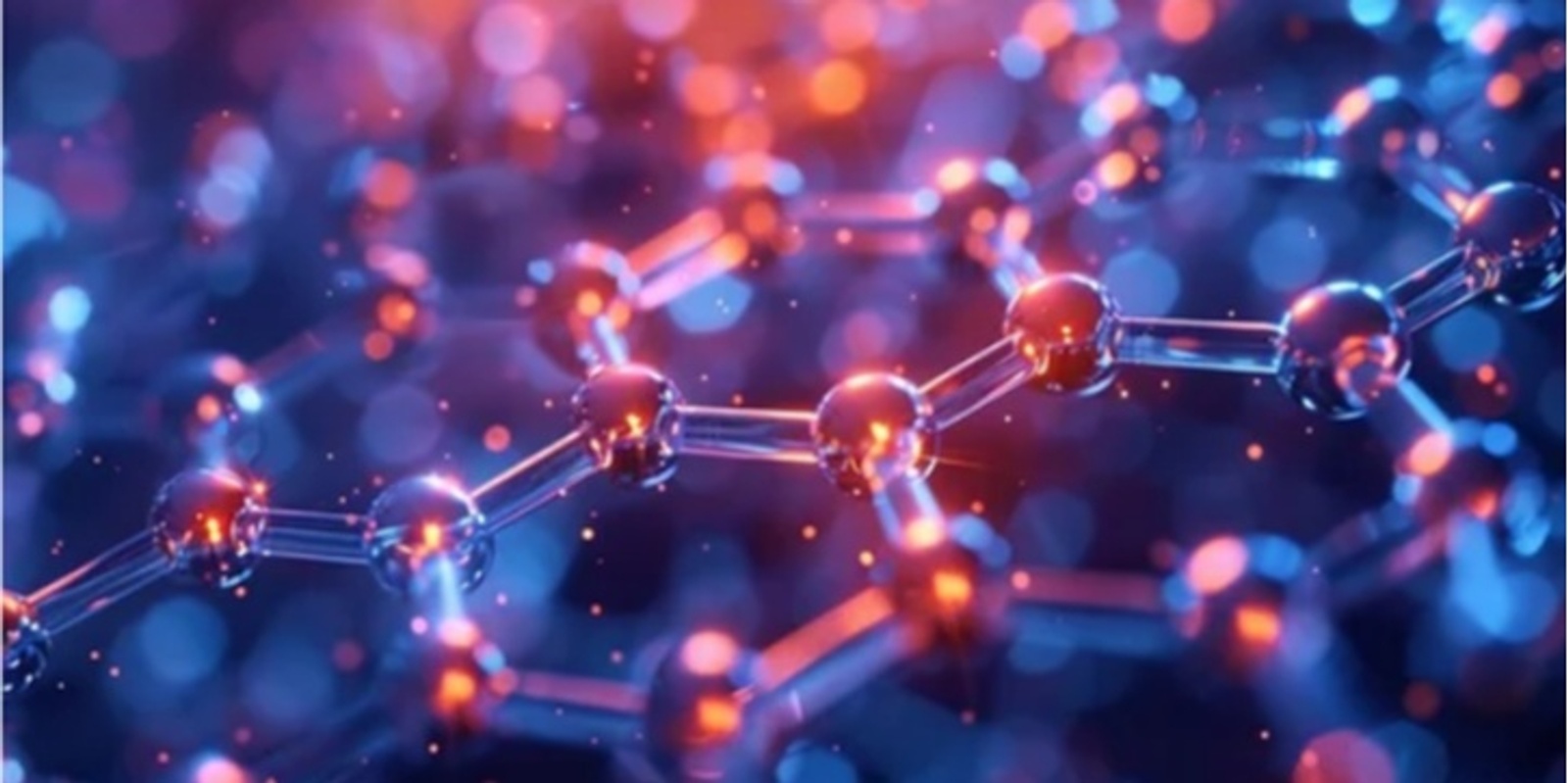Public Lecture: Plasmonic Nanoparticles for Sustainability and Societal Impact
Event description
IN PERSON EVENT ONLY
4.30pm - 5.00pm Refreshments
5.00pm - 6.30pm Public Lecture
The Melbourne Energy Institute invites you to a public lecture on Tuesday 3 December 2024, by Professor Naomi J Halas, University Professor and the Stanley C. Moore Professor of Electrical and Computer Engineering, Rice University.
Metallic nanoparticles, used since antiquity to impart intense, vibrant color into materials, then brought to scientific attention in the 19th century as “Faraday’s colloid”, have more recently become a central tool in the nanoscale manipulation of light. When excited by light, metallic nanoparticles undergo a coherent oscillation of their conduction electrons- known as a plasmon- which is responsible for their strong light-matter interactions and properties: they can be thought of as “optical antennas”. One result of light illuminating metal nanoparticles is strong photothermal heating, a property that we originally introduced into biomedicine for highly localized cancer therapy. Now, years after their initial demonstration, this approach has been used in successful human trials for the precise and highly localized ablation of cancerous regions of the prostate, eliminating the deleterious side effects characteristic of conventional prostate cancer therapies.[1] Another important aspect of light interacting with metal nanoparticles are the strong optical intensities at nanoparticle surfaces: these field enhancements can be used for the spectroscopic detection and identification of environmental toxins.[2] Toxic molecules in our environment are deemed responsible for more than 50% of adult onset diseases. A third outcome of illuminating metal nanoparticles is the generation of nonequilibrium, or “hot” electrons, that can drive chemical processes very efficiently. By coupling optical antennas and catalyst particles, one can transform heat-driven chemical reactions into photodriven reactions that proceed under surprisingly mild, low temperature conditions. This new type of light-based catalyst- an antenna-reactor nanoparticle complex- can be utilized for remediating greenhouse gases, converting them to useful molecules for industry, or into benign chemicals for a cleaner planet.[3]
References:
- A. R. Rastinehad, H. Anastos, E. Wajswol, J. S. Winoker, J. P. Sfakianos, S. Doppalapudi, M. R. Carrick, C. J. Knauer, B. Taouli, S. C. Lewis, A. K. Tewari, J. A. Schwartz, S. E. Canfield, A. K. George, J. L. West, N. J. Halas, “Gold Nanoshell-Localized Photothermal Ablation of Prostate Tumors in a Clinical Pilot Device Study”, PNAS 116, 18590-18596 (2019).
- Yilong Ju, Oara Neumann, Mary Bajomo, Yiping Zhao, Peter Nordlander, Ankit Patel and Naomi J. Halas, “Identifying Surface-Enhanced Raman Spectra with a Raman Library Using Machine Learning”, ACS Nano 17, 21251-21261 (2023).
- Yigao Yuan, Jingyi Zhou, Aaron Bayles, Hossein Robatjazi, Peter Nordlander, Naomi J. Halas, “Steam methane reforming using a regenerable antenna-reactor plasmonic photocatalyst”, Nature Catalysis, online (2024).
SPEAKER:

Professor Naomi J Halas, University Professor and the Stanley C. Moore Professor of Electrical and Computer Engineering, Rice University
Naomi J. Halas received her undergraduate degree from La Salle University, and her PhD from Bryn Mawr College. She was a graduate research fellow at IBM Yorktown and a postdoctoral fellow at AT&T Bell Laboratories. She was the first person to introduce structural control into the synthesis of metal nanoparticles to control their optical properties. She pursues studies of nanophotonics and its applications in biomedicine, optoelectronics, chemical sensing, photocatalysis, and solar water treatment. She is the author of more than 400 refereed publications, has more than 30 issued patents, and has presented more than 650 invited talks. She co-founded Nanospectra Biosciences, a company offering ultralocalized photothermal therapies for cancer based on her nanoparticles, and co-founded Syzygy Plasmonics, a company currently deploying light-based chemical reactors for Hydrogen production based on photocatalyst particles originally invented in her laboratory. She is a member of the National Academy of Sciences and the National Academy of Engineering (US), the American Academy of Arts and Sciences, the Royal Danish Academy of Sciences and Letters, and the Royal Society of Chemistry (UK). She is the 2024 recipient of the Geoffrey Frew Fellowship of the Australian Academy of Sciences.
MODERATOR:

Professor Michael Brear, Director, Melbourne Energy Institute, University of Melbourne
Michael Brear is a mechanical engineer and the Director of the Melbourne Energy Institute (MEI) at the University of Melbourne. MEI facilitates the University’s research on the technical, economic, environmental and social impacts of energy.
Michael is a Fellow of the Australian Academy of Technology and Engineering, the Combustion Institute, Engineers Australia and the Australian Institute of Energy. He previously established the University’s multi-disciplinary degree, the Master of Energy Systems. Prior to commencing at the University of Melbourne, Michael worked for ICI Australia (now Orica), and then undertook graduate studies at Cambridge University and post-doctoral research at the Massachusetts Institute of Technology.
Tickets for good, not greed Humanitix dedicates 100% of profits from booking fees to charity


